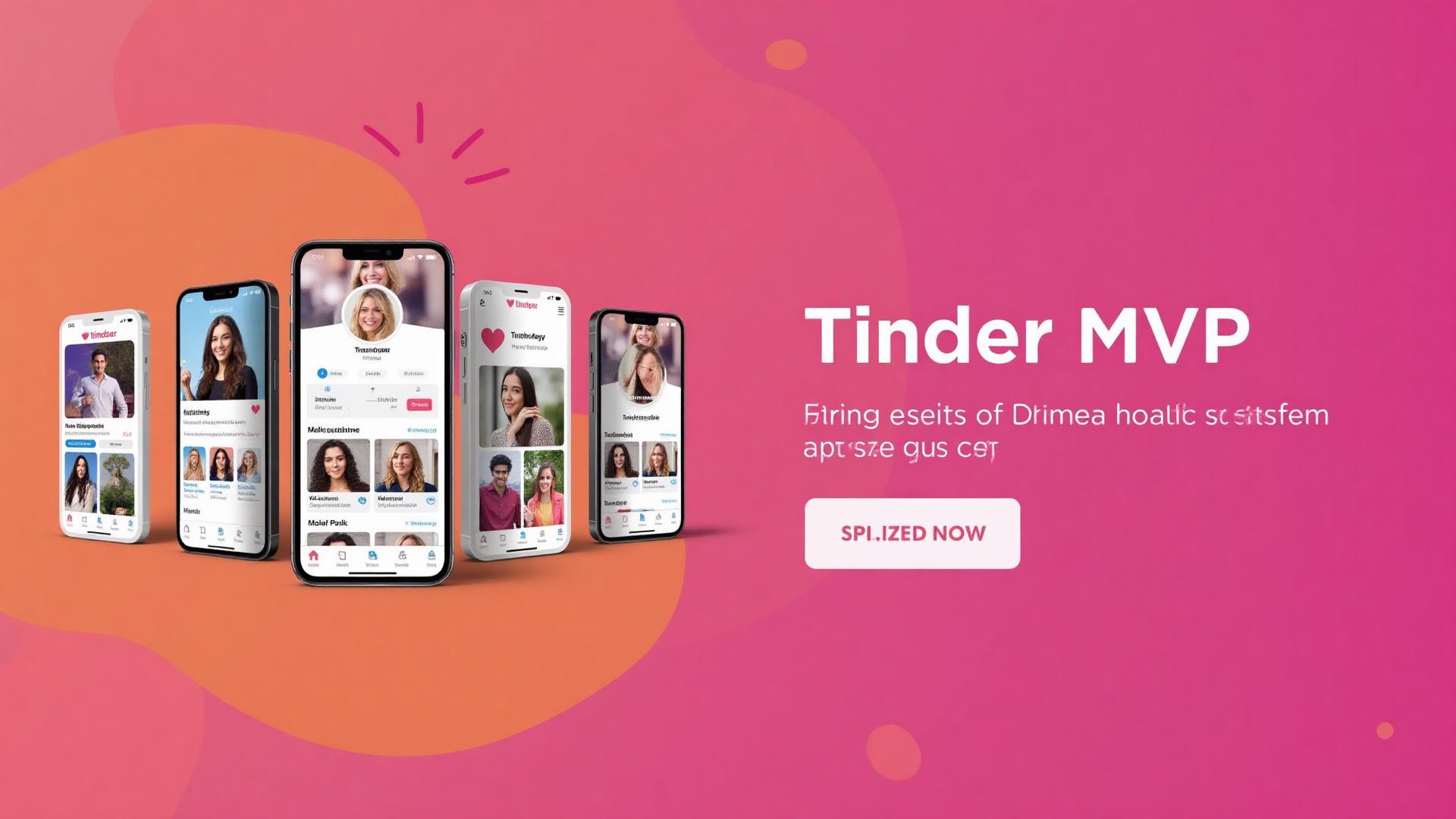In 2012, Tinder launched with a deceptively simple premise: swipe right if interested, swipe left if not. If both people swiped right, it's a match. This elegant MVP removed the stigma of rejection and turned dating into an addictive game. By launching at college parties where entry required showing the app on your phone, Tinder achieved critical mass in micro-markets before scaling to become the world's most popular dating app.
The MVP: Swipe, Match, Chat
Initial Product (Late 2012)
- • Location-based dating with swipe interface – Revolutionary gesture: swipe right (interested) or left (pass)
- • Mutual interest only – Users only notified of matches, never rejections—removing stigma and anxiety
- • Facebook login required – Instant profile creation with photos and basic info—no lengthy questionnaires
- • Chat only after matching – Ensured both parties showed interest before enabling conversation
- • Mutual friends displayed – Showed shared Facebook connections to build trust and safety
- • First names only – Privacy-focused approach made women feel more comfortable
Why This MVP Worked
Removed Rejection Anxiety: By only notifying mutual interest, Tinder eliminated the emotional pain of visible rejection that plagued traditional dating sites. Users could swipe freely without fear.
Gamification: The swipe mechanic transformed dating from a potentially anxiety-inducing activity into an addictive game. Users found themselves swiping hundreds of profiles, hooked by the dopamine hit of matches.
Frictionless Onboarding: Facebook login meant users could start swiping in seconds—no forms, no personality tests, no barriers to trying the app.
Safety First: The Facebook integration, mutual friends display, and first-names-only approach addressed women's safety concerns—critical for a dating app's success.
The College Party Launch Strategy
University of Southern California: Ground Zero
In late 2012, co-founders Sean Rad and Justin Mateen launched Tinder at their alma mater, USC. Rather than a broad app store launch, they executed a brilliant localized strategy:
The Party Entry Requirement
Tinder organized college house parties where the price of entry was showing the app installed on your phone. This genius tactic:
- Forced immediate critical mass—entire social circles joined in one night
- Created instant network effects as party attendees matched with each other
- Connected the app with fun, real-life social context
- Generated organic buzz through memorable, shareable experiences
By focusing on one campus, they ensured users would actually find people they knew or wanted to meet—solving the chicken-and-egg problem that kills most social apps.
Campus-by-Campus Replication
Once Tinder gained traction at USC, the team systematically replicated this playbook across universities:
- Focus on one campus until reaching tipping point, then move to next
- Target Greek life (fraternities/sororities) as tight-knit, trend-setting networks
- Recruit campus ambassadors—attractive, socially-connected students to evangelize
- Create domino effects through social proof and influencer adoption
Ready to Build Your Social App MVP?
Apply Tinder's playbook: simple mechanics, local launch strategy, and network effects to build your social platform.
